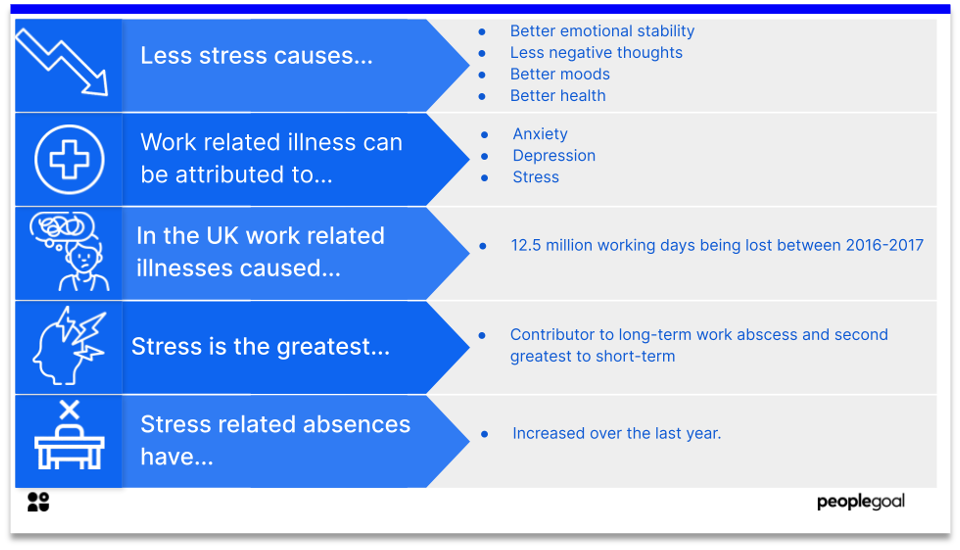Keeping your employees motivated is a vital aspect of any organization. It increases productivity, performance, welfare, loyalty, and efficiency, whilst at the same time decreasing staff turnover rate. One of the biggest challenges many leaders face is in motivating their team. Being able to spot a lack of motivation in the workplace can be a difficult task, unless you know what signs to look out for.
Key Signs of a Lack of Motivation
We’ve gone ahead and compiled a list of key indicators for you to look out for in your workspace:

1. Employees being reactive, not proactive
When people are unmotivated, they often feel like they lack control of the world around them, to them it may feel, as if no matter what they do, they struggle to make progress. Therefore, they tend to be reactive about situations, instead of being proactive, and take preventative measures to avoid certain situations arising.
This can commonly occur in teams that are failing to work well together. Team members learn that it’s almost impossible to stop problems occurring, so they simply wait until they happen before acting.
A solution to this issue is to clarify roles and responsibilities to your team members and delegate tasks, enabling them to focus on the objective in a proactive way.
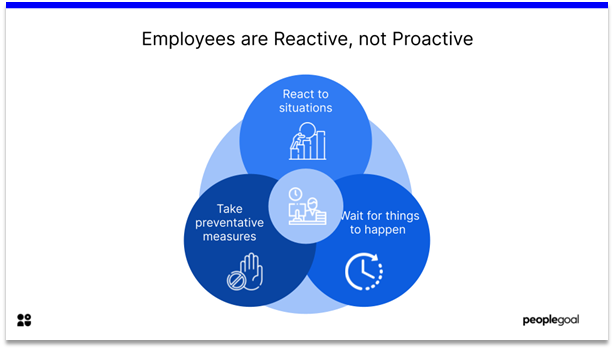
2. An employee is not pitching in
Motivated people speak up when they have an idea, or a question. They are eager to pitch in or learn. They are willing to solve problems and own up when they are wrong. This is because they care about fulfilling their potential to the maximum and they want to contribute to the success of the team.
However, when there is low motivation, you’ll see a drop off in communication. Or the communication will just be one way, as in team members will follow orders instead of trying to have an influence on the task to have the optimum outcome. One solution to this is to ask your team for feedback, ask them directly for input into tasks, give them some decision-making powers so that they have to communicate and contribute.
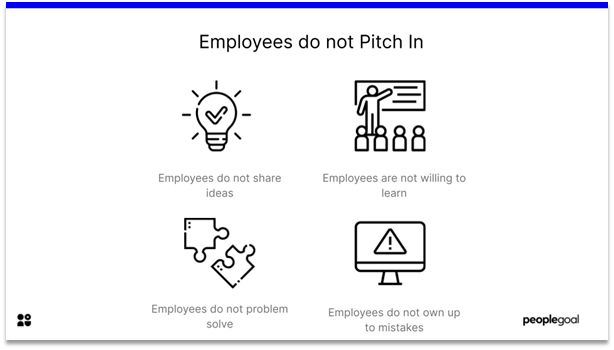
3. Poor body language
Body language is a great indicator of an individuals state of mind, if you know how to read and judge it. However, you have to be careful here, just because someone has their arms crossed, this doesn’t guarantee that they are guarded, they may just be super chilly. None the less, people who are crossing their arms and legs may be subconsciously comforting themselves. This may be a sign of low motivation, couple this with being unwilling to pitch in, and you have an individual that needs some attention.
Furthermore, actions such as eye rolling, shoulder shrugging and producing big sighs are all signs of being demotivated. It’s better to confront these actions head on and to drill down on the problem when it arises instead of letting these feelings fester. Find out what is determining these body language signs of demotivation and take actionable steps to prevent them from reoccurring.
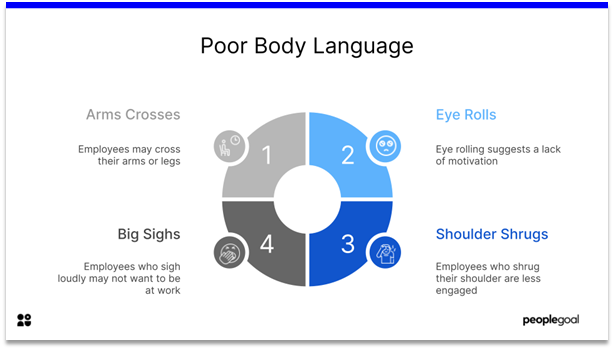
4. Clock watching
Team members that are consistently checking the time, clocking off at the earliest opportunity, and spending 30 minutes in the toilet may just be very demotivated. Whist it’s true that work never ends and there is always more to do, some tasks have more urgency than others. If people are dropping their work immediately at the end of the regular work day, it generally means they aren’t too invested in their work. Ideally team members will work harder or longer to finish an important task when it is needed. At the times when there is no impending deadline, this is when people can relax and potentially leave early to make up for the extra time they spent the week before. Nonetheless, one way to motivate individuals is to value their time, if they are working hard and hitting their daily goals with time to spare, perhaps let them leave early from time to time, or find an alternative way to reward them.
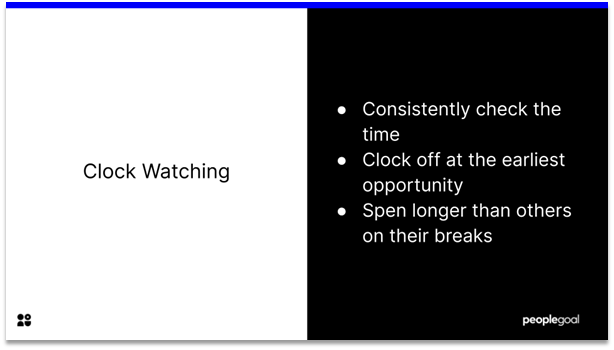
With all this in mind, its obvious that the question of how to spot a lack of motivation in the workplace is a key aspect of leading a team. Keeping your team motivated is vital to succeeding in reaching your goals and retaining staff.
Ready to 3x Your Teams' Performance?
Use the best performance management software to align goals, track progress, and boost employee engagement.



